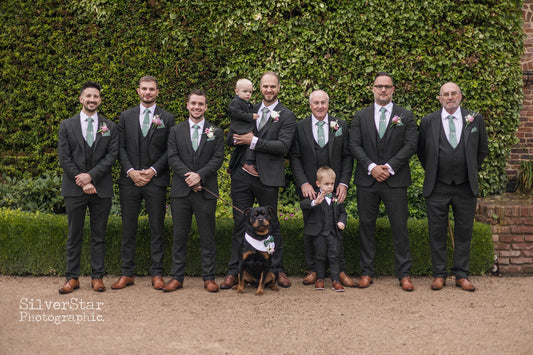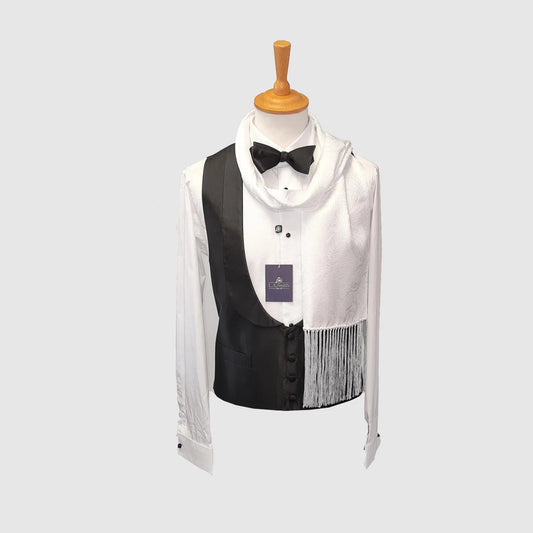When it comes to formal dress codes, the distinctions between white tie and black tie are significant, often setting the tone for high-society events and formal gatherings. Each dress code carries its own set of expectations and levels of formality, dictating not only what to wear but how to present oneself at various occasions.
Black Tie Attire
Black tie is the more commonly encountered formal dress code and is typically associated with events such as weddings, award ceremonies, and formal galas. The standard black tie ensemble consists of:
- Tuxedo: Usually a black or dark navy suit with satin lapels.
- Shirt: A crisp white dress shirt with a turn-down collar.
- Bow Tie: A black silk or satin bow tie, which is a defining feature of this dress code.
- Footwear: Patent leather shoes or highly polished black dress shoes.
- Accessories: While cufflinks and pocket squares are not mandatory, they are often included to enhance the outfit's elegance.
Although black tie traditionally suggests a black outfit, navy and other dark hues are increasingly acceptable as long as the tie remains black.
White Tie Attire
White tie is the epitome of formal wear and is reserved for the most prestigious events, such as state dinners, royal affairs, and formal gala events. The requirements for white tie are much more specific:
- Tailcoat: A black tailcoat is essential, typically featuring peaked lapels.
- White Waistcoat: A low-cut waistcoat worn underneath the tailcoat.
- Shirt: A white dress shirt with a wing collar, which is stiffer and more formal than a regular collar.
- White Bow Tie: Unlike black tie, a white bow tie is the centerpiece of this attire.
- Footwear: Black leather opera pumps or highly polished oxfords are required.
Accessories are also crucial in white tie events, where items like white gloves and a top hat may be included, adding to the overall grandeur.
Key Differences
-
Formality Level: White tie is more formal than black tie, with fewer options for personal interpretation. While black tie events allow for some modern adaptations, white tie demands strict adherence to traditional elements.
-
Attire Components: The components of each dress code vary significantly. White tie requires a tailcoat, waistcoat, and a specific type of shirt and bow tie, while black tie is slightly more flexible, primarily revolving around the tuxedo and black bow tie.
-
Occasion: While black tie events are more frequent and varied, white tie occasions are rarer and usually denote a higher level of prestige.
Understanding the nuances between black tie and white tie formal wear is essential for dressing appropriately for various formal occasions. Whether you find yourself attending a black tie wedding or a prestigious white tie gala, knowing the right attire can help you make a polished and respectful impression.
Shop all Formalwear here>






